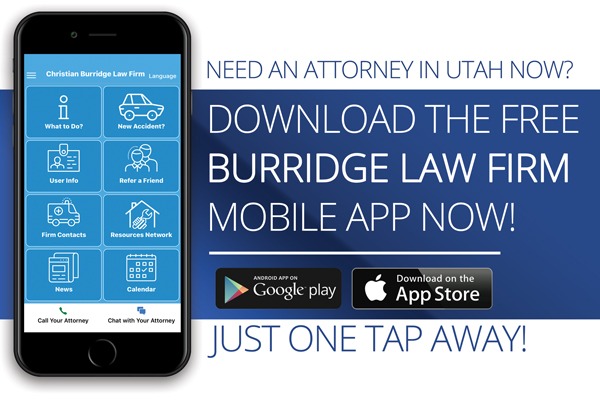As experienced personal injury attorneys in Utah, we often encounter cases where the discovery rule plays a crucial role in determining the viability of a negligence claim. Understanding this rule is essential when considering filing a personal injury lawsuit in Utah.
What is the Discovery Rule?
The discovery rule is a legal principle that can extend the Utah statute of limitations for personal injury cases. It applies when the victim could not reasonably have discovered their injury or its cause within the standard limitation period.
How the Discovery Rule Works in Utah
In Utah, the discovery rule can toll (pause) the statute of limitations until:
- The victim discovers, or through reasonable diligence should have discovered, that they have suffered a harm.
- The victim discovers, or through reasonable diligence should have discovered, the cause of that harm.
When Does the Discovery Rule Apply?
The discovery rule may apply in various situations, including:
- Latent Injuries: Injuries that don’t manifest symptoms immediately.
- Medical Malpractice: When the effects of a medical error aren’t immediately apparent.
- Product Liability: When defects in a product cause harm over time.
- Environmental Torts: When exposure to harmful substances leads to delayed health issues.
The Discovery Rule and Medical Malpractice in Utah
Medical malpractice cases often involve the discovery rule. In Utah:
- The standard medical malpractice deadlines in Utah are two years from discovery, but no more than four years from the incident.
- However, if a foreign object is left in the body, the patient has one year from the date of discovery to file a claim, regardless of how much time has passed since the procedure.
Applying the Discovery Rule to Negligence Claims
To successfully apply the discovery rule to a negligence claim in Utah, you must demonstrate:
- You couldn’t have reasonably discovered the injury or its cause within the standard limitation period.
- You acted with reasonable diligence once you became aware of the injury or its cause.
Limitations of the Discovery Rule
While the discovery rule can extend the filing deadline, it’s not without limitations:
- It doesn’t apply to all types of cases.
- There’s often a maximum time limit, even with the discovery rule (e.g., the four-year limit in medical malpractice cases).
- The court has discretion in applying the rule.
Why You Need an Attorney
Applying the discovery rule to your negligence claim can be complex. An experienced personal injury attorney can:
- Evaluate whether the discovery rule applies to your case.
- Gather evidence to support the application of the discovery rule.
- Argue effectively for the extension of the statute of limitations.
- Ensure all necessary documentation is filed within the appropriate timeframes.
The Importance of Timely Action
Even if you believe the discovery rule might apply to your case, it’s crucial to consult with an attorney as soon as you become aware of your injury or its cause. Delaying action could weaken your argument for applying the discovery rule.
Conclusion
The discovery rule can be a lifeline for victims who don’t immediately realize they’ve been harmed by negligence. However, it’s a complex legal concept that requires careful navigation.
If you believe you have a negligence claim in Utah, but are concerned about the statute of limitations, don’t hesitate to contact our experienced team. We can help you understand how the discovery rule might apply to your case and guide you through the process of filing a personal injury lawsuit in Utah.
Remember, when it comes to negligence claims and the Utah statute of limitations for personal injury, time is often of the essence. Don’t delay in seeking the legal advice and compensation you deserve.
Keywords: Utah statute of limitations personal injury, Filing personal injury lawsuit Utah, Medical malpractice deadlines Utah, Wrongful death claim Utah timeline, Government immunity injury claims Utah



